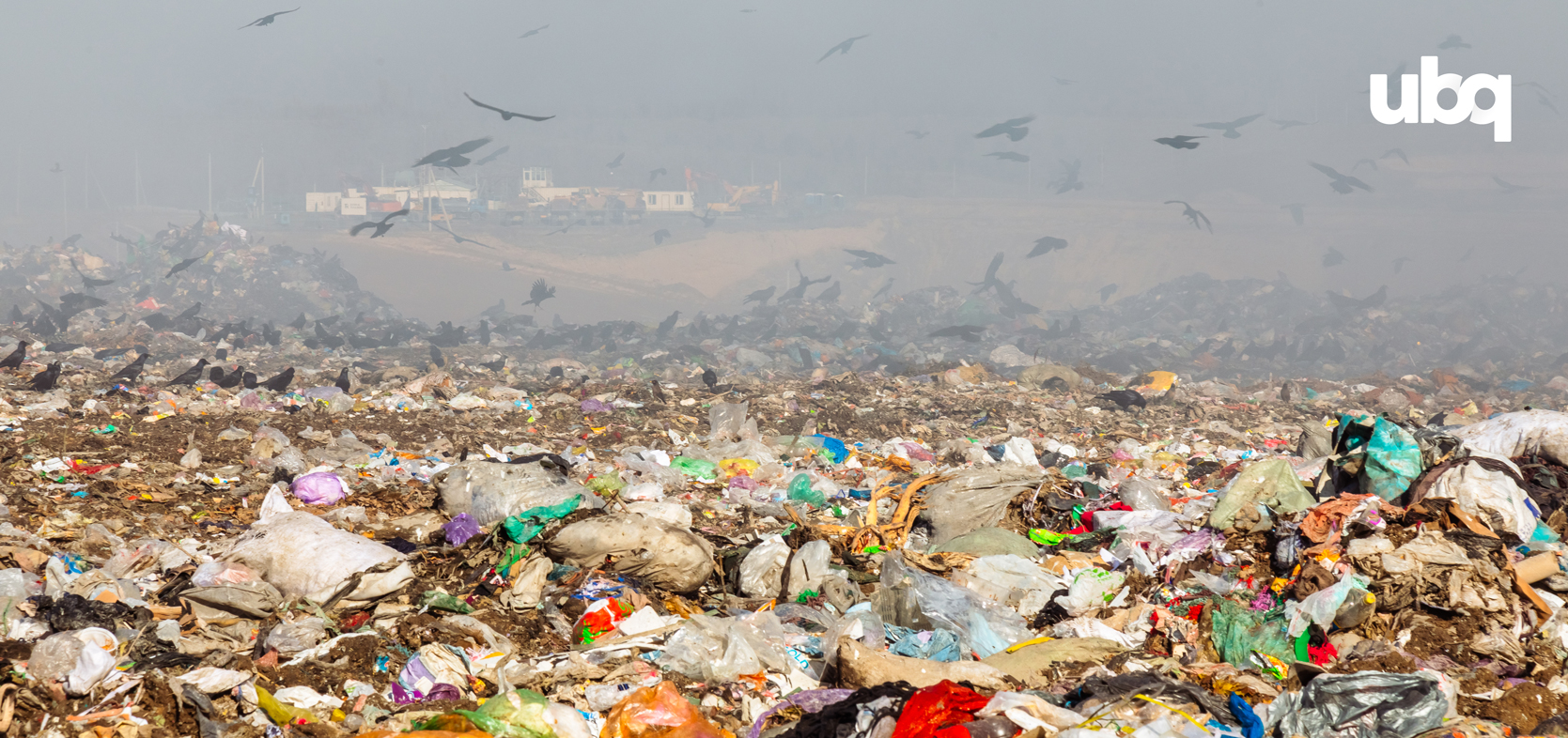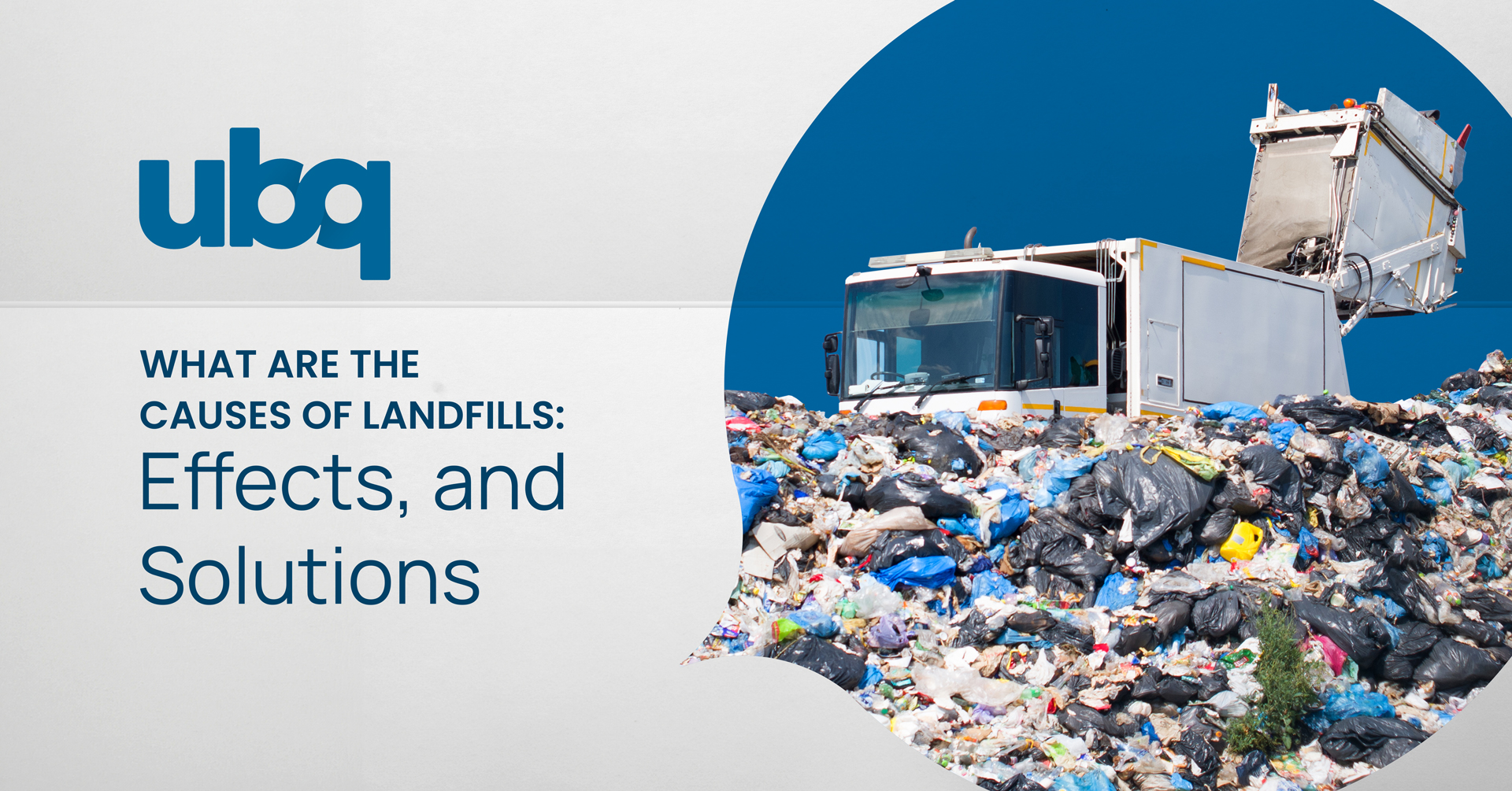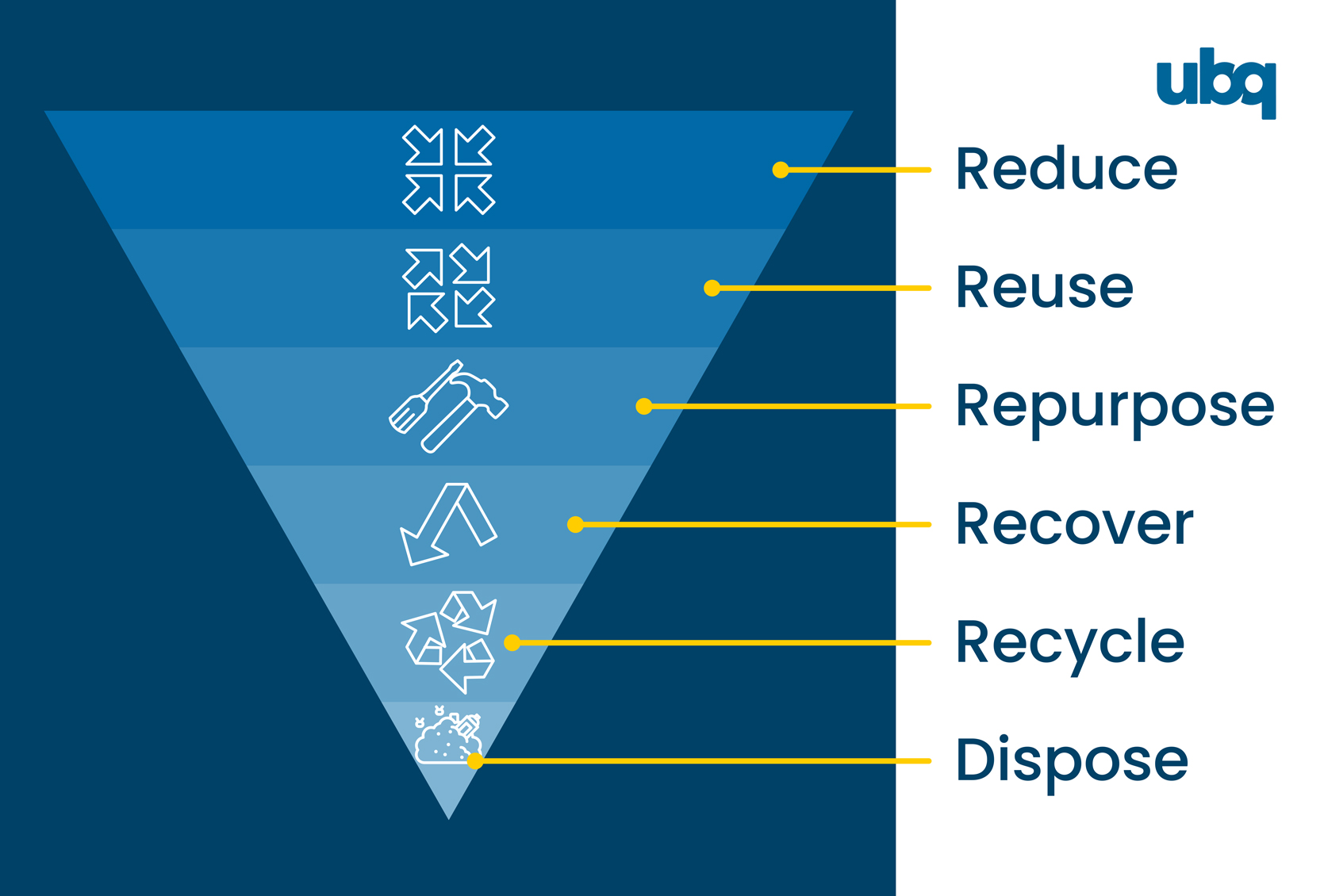There are more than 330 million people living in the U.S. Each day, they collectively throw out enough garbage to fill more than 60,000 garbage trucks.
Of the 292 million tons of municipal solid waste produced in 2018, only 69 million tons were recycled. A small amount was composted, but unfortunately, most garbage ended up at one of the country’s more than 2,000 landfills.
Landfills are the most common form of waste disposal in the US. They keep garbage out of sight and out of mind for decades. Convenience might be one of the causes of landfills, but the downsides—greenhouse gases, leachate, and other toxins—generated from these facilities have become a serious global health problem.
Experts agree there’s an urgent need to reduce landfill waste. Recycling has helped, but it has run up against limitations. Other landfill solutions are being explored, including landfill finding ways to divert waste from landfills, and these alternatives offer real promise.
Landfill Gases a Top Concern
Modern landfills are, according to the EPA, sophisticated facilities designed to protect us against toxic contaminants. However, these systems do not always operate as intended, especially while the landfill is still being filled. The burning of waste in landfills can release harmful substances such as nitrogen oxides and particulate matter, which pose significant threats to public health and contribute to global warming.
Each day, landfills produce millions of cubic feet of methane gas, a natural, invisible result of the decomposition of organic materials. In the U.S., landfills are the third-largest contributor to human-related methane emissions. Several months after the waste is disposed, methane-producing bacteria begin to decompose the waste and generate the gas. Production of landfill gases generally peaks in about seven years, but landfills can continue to produce gases for more than 50 years.
Landfill gas contains about 50% methane and 50% carbon dioxide (CO2). While experts have long focused on the climate impacts CO2 emissions, an increased focus on the urgency of climate change has given rise to worries about the effects of methane.

The Effects of Landfill Gas Emissions
Problems result when methane leaks into the air before being captured and used for energy. Methane is a greenhouse gas like CO2, so the escaped methane absorbs the sun’s heat and warms the atmosphere. Compared to CO2’s 100+-year lifespan, methane gas on average remains in the atmosphere for only about 12 years. However, during that time, it traps a lot more radiation (86 times as much if you compare the gases over 20 years). Methane is a significant cause of climate change in the short term, and its impact is only getting stronger—its concentration in the atmosphere rose more in 2020 than has been recorded in any one year since records began in 1983.
Because its global warming potential is concentrated in the near future, focusing on the reduction of methane can have a swift impact on climate change risk.
Diverting Waste from Landfills
A practical, direct approach to reducing the effects of landfills, such as methane, is to reduce the amount of solid waste making its way to landfills in the first place. This means organic materials like food scraps, yard waste, and even paper products must be managed more effectively to reduce waste.
Past studies suggest up to 40% of all food is wasted in the U.S., so diverting this waste from landfill is a big opportunity to reduce damage to the environment and find better waste management solutions. Up to now, most efforts at keeping these materials out of landfills have concentrated on turning them into compost.
However, new technologies and clean tech innovations have been developed and offer alternative landfill solutions. For example, UBQ Materials’ patented process is designed to turn waste into a renewable thermoplastic resource. Its feedstock includes unsorted household waste, previously destined for landfill. In contrast to conventional recycling, UBQ Materials does not require sorting or source separation. UBQ takes food waste, mixed plastics, cardboard, garden trimmings and more, and converts it into a valuable material that manufacturers can use to replace oil-based plastics. We’re dedicated to helping reduce landfill gas emissions while helping brands reduce their global footprints.
Waste Hierarchy: A Framework for Minimizing Landfill Waste
To effectively reduce landfill dependency, it is essential to understand and apply the concept of the waste hierarchy, also known in the sustainability world as the ‘circular economy principles’.
This framework prioritizes waste management practices in the following order: Reduce, Reuse, Repurpose, Recycle, Recover, and Dispose. Each step in the hierarchy offers a strategy to minimize the amount of waste that ultimately ends up in landfills, and innovative solutions like UBQ Materials play a crucial role in this process.
- Reduce: The most effective way to manage waste is to prevent it in the first place. By reducing the amount of waste we generate—whether by choosing products with minimal packaging, avoiding single-use items, or being mindful of food purchases—we can significantly cut down on the material that needs to be managed later in the waste stream.
- Reuse: Before discarding items, consider if they can be reused. Reusing materials extends their lifecycle and reduces the demand for new products. For example, reusing containers, donating clothing, or upcycling furniture can keep items out of the landfill and reduce the need for new resources.
- Repurpose: Another way to minimize the demand for new materials is by repurposing existing products. This happens when products or components are used to serve a different function than originally intended, like, for example, when clean and dried plastic bags are used to create pet waste bags.
- Recycle: Recycling happens when existing materials are processed to prevent them from being disposed as waste and allow them to re-enter the loop, reducing the need for virgin materials and conserving natural resources.
- Recover: Recovery involves extracting energy or materials from waste that cannot be recycled. Techniques like waste-to-energy (WtE) or composting organic waste are examples of recovery methods that convert waste into usable resources, thereby minimizing what ends up in landfills. .
- Dispose: Disposal, the last resort in the hierarchy involves sending waste to landfills or incineration. UBQ Materials offers an innovative approach by providing a solution that will prevent the leftover waste, including organics and hard-to-recycle materials, from reaching landfills, therefore minimizing the amount of waste to be disposed of.
Applying the waste hierarchy helps individuals, businesses, and communities focus on sustainable waste management practices that prioritize reducing, reusing, repurposing, and recycling over simply disposing of waste. With pioneering solutions like UBQ Materials, we can significantly diminish the environmental impact of landfills while moving towards a more resource-efficient and sustainable society.
The UBQ Materials Solution
Though we are facing plenty of sustainability challenges, at UBQ, we believe that a world without waste is possible. Our patented solution helps reduce the amount of waste that reaches landfills, and by incorporating our pioneering bio-based thermoplastic material into products and applications, we are making them more sustainable and avoiding and reducing greenhouse gas emissions. Reach out today to learn more.



